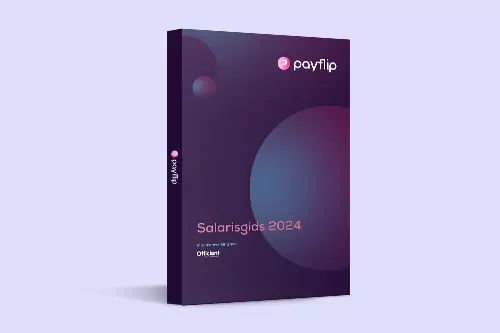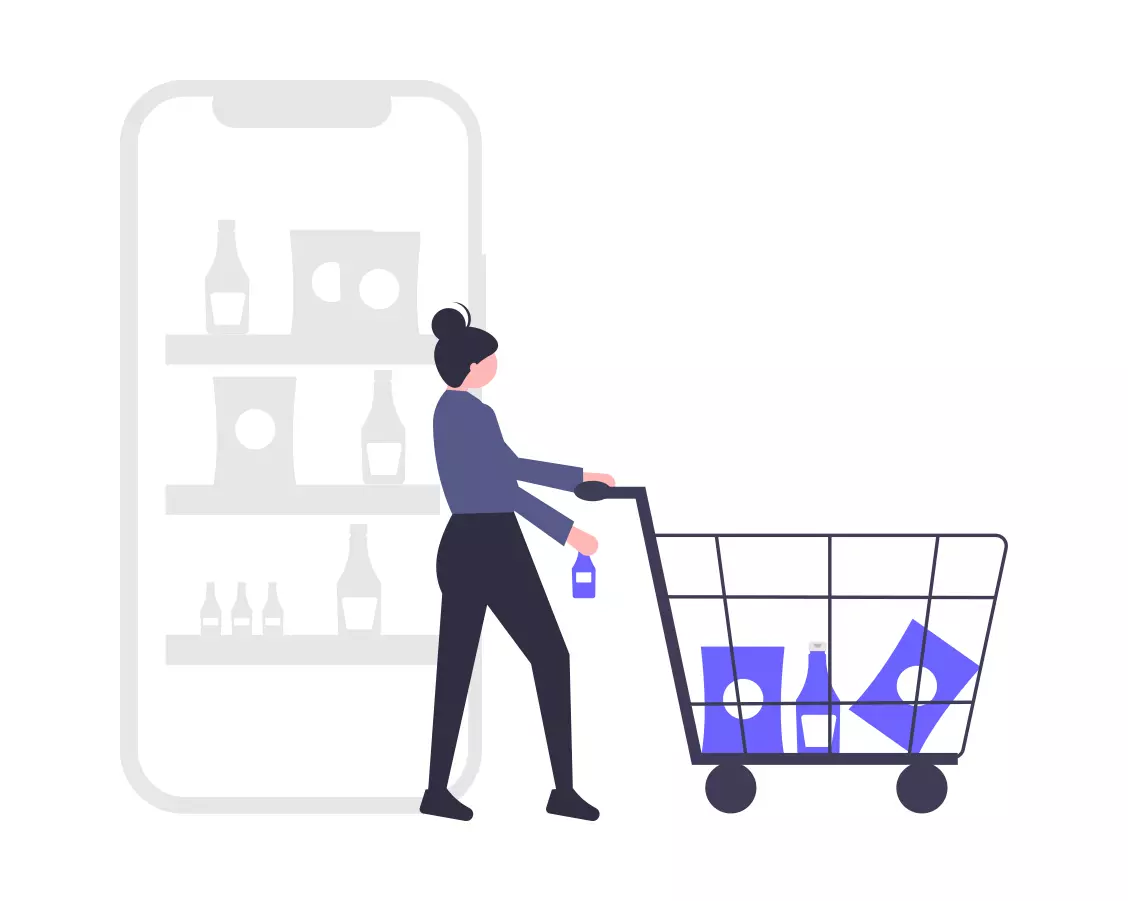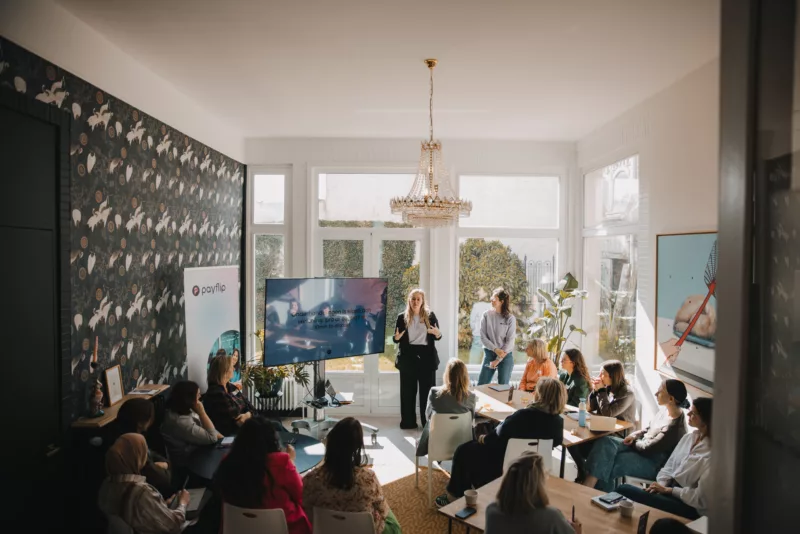Every downside has its upside. Whereas in our previous blog post we extensively the benefits of the cafeteria plan discussed in our previous blog post, in this blog we shine a light on the less attractive aspects of the cafeteria plan, for both employer and employee.
For the employee
Like many extra-legal benefits (just think of the popular company car), most choices in the cafeteria plan mean that, as an employee, you have to pay less in social security contributions. After all, you are exchanging a portion of the traditional salary on which social security contributions must be paid for benefits that are exempt from social security contributions. However, with the social contributions on your standard salary, you do build up pension rights and rights to sickness and unemployment benefits.
Financially advantageous choices in the cafeteria plan therefore do have a negative effect on the accrual of social rights, although this is rather minimal for most employees. Why minimal? Above a certain (modest) gross amount, no social rights are built up anyway (e.g. for the build-up of unemployment benefits, this ceiling is €2,700). As long as the gross monthly salary does not fall below the ceiling, there is no impact.
Many cafeteria plans overcome this problem by offering the employee choices regarding additional social security. For example, you can exchange perfectly gross wages for the reimbursement of individual pension savings and additional medical insurance for you and your family.
A second disadvantage is that the benefits that an employee chooses in a cafeteria plan do not immediately become the property of the employee. A cafeteria plan is often fiscally interesting for the employee because the benefits (such as a smartphone, bicycle or laptop) remain the property of the employer for a certain period of time.
So how does this work exactly? Suppose you choose a smartphone worth €500 in the cafeteria plan. Your employer will purchase this in the name of the company, and then depreciate it over a period of 2 years. This means that when you choose the smartphone, you will actually 'rent' it from your employer for a period of 2 years. When the 2 year period ends, you can then buy the smartphone permanently from your employer for the residual value (which in many cases will be equal to €0).
If you change employer during those two years, you will of course lose the right to the smartphone. You can then either buy the smartphone from your employer for the residual value, or you can ask your employer for the excess budget that you have already spent on the smartphone.
For the employer
The introduction of a cafeteria plan is not always rosy for employers either. For example, many employers question the administrative burden that a cafeteria plan entails. In order to set up a good cafeteria plan, as an employer you have to draw up a comprehensive supplement to the employment contract, choose the budget and benefits in consultation with the employees, follow up the employee's choices and then communicate them correctly to the social secretariat.
To facilitate these matters, many employers use an online tool that often comes with hefty consultancy fees from lawyers and social secretariats. For SMEs, this is often a threshold too high to overcome.
For this reason, and because a cafeteria plan offers so many advantages, we at Payflip have developed a digital tool for SMEs that keeps both the administrative burden and the costs down in order to give employees the flexible pay package they deserve. Curious? Try our demo.





